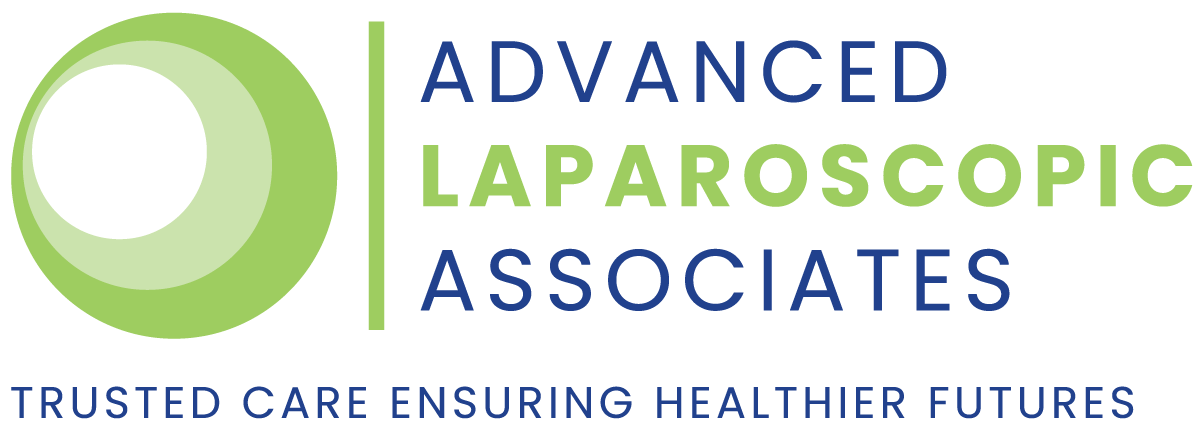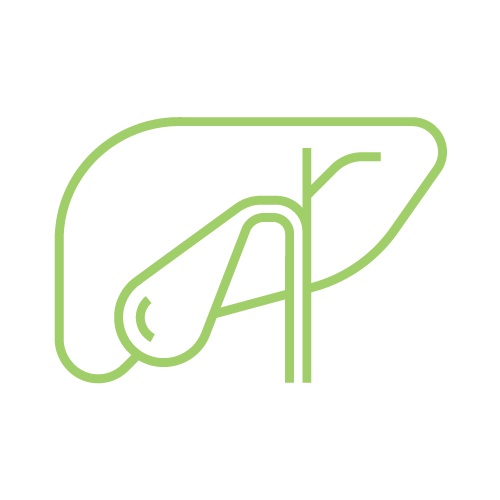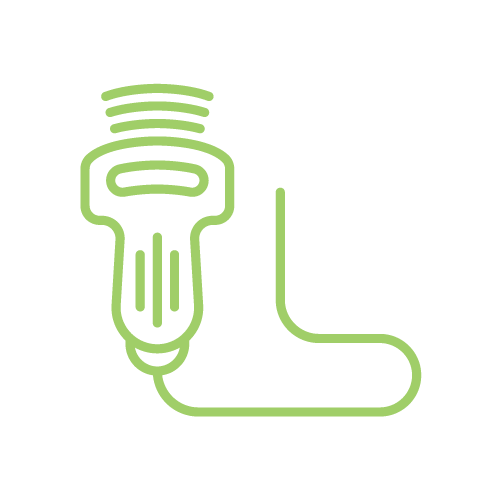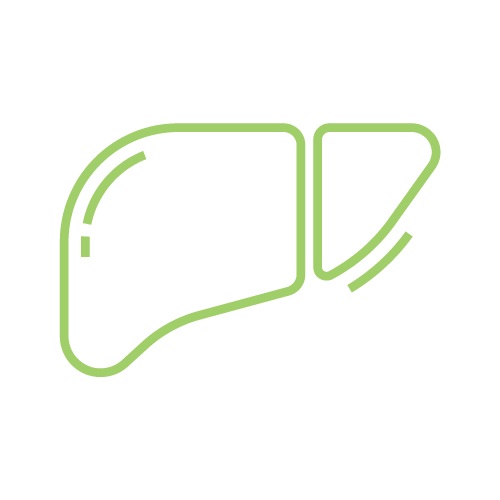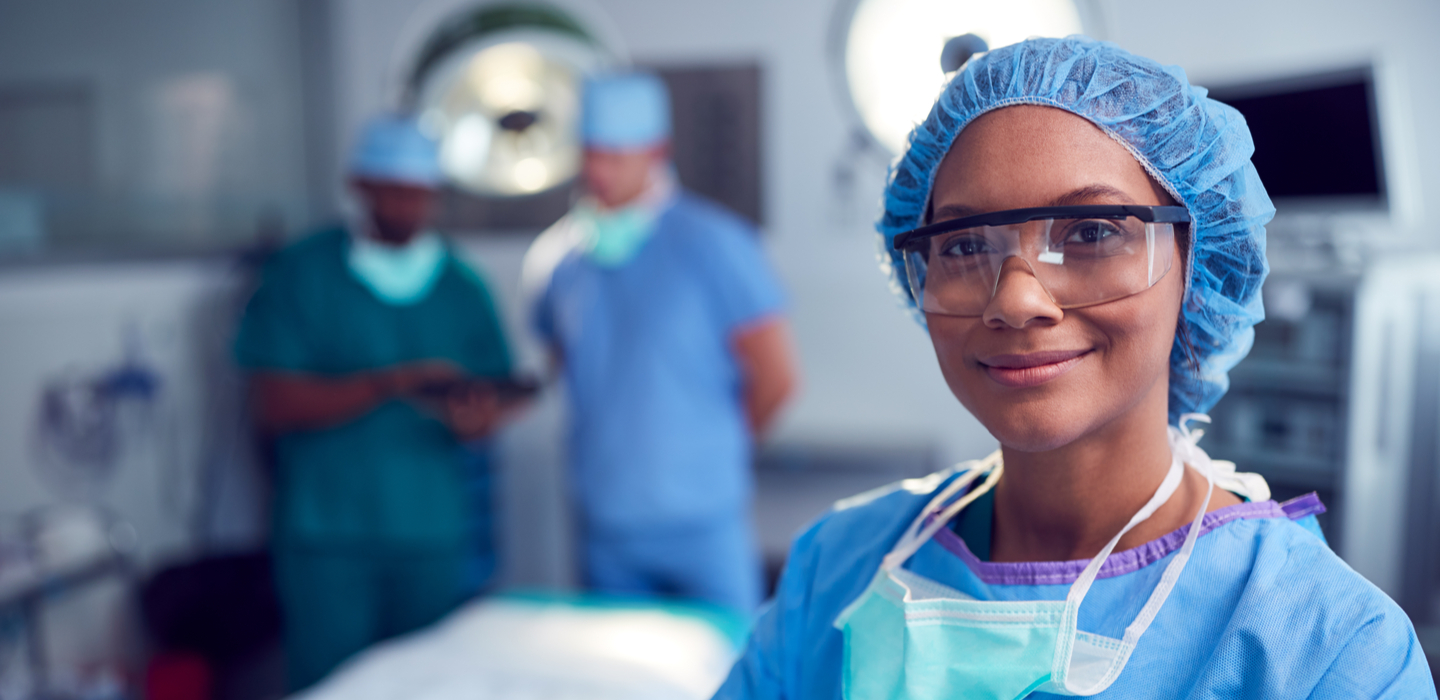
Hepatobiliary Surgery
At Advanced Laparoscopic Associates, our surgeons specialize in the treatment of conditions of the abdominal cavity, including the hepatobiliary system.
The hepatobiliary tract consists of the liver, gallbladder and bile ducts. This system serves to remove waste products from the liver into the duodenum (first section of small intestine) and helps digestion by controlled release of bile. Bile is a greenish-yellow fluid secreted by the liver cells that contains cholesterol and bile salts.
Bile breaks down fats during the digestive process and carries away waste. Half of all bile runs directly into the duodenum while the other half is stored in the gallbladder. When food is eaten, the gallbladder releases the stored bile into the duodenum to help break down the fats.
Most of the released bile (90 percent) is reabsorbed in the intestinal tract. A small percentage of bile is eventually excreted in the form of feces and is the component that gives feces their dark brown color.
What Are Gallstones?
When the hepatobiliary system is functioning normally, the liver, gallbladder and hepatic ducts work together to produce, secrete, transport and store bile. However, many dysfunctions of this system may occur. Gallstones are one of the primary dysfunctions of the hepatobiliary system.
Gallstones are deposits of digestive fluid (bile) that has hardened into “stones” that range from the size of a grain of sand to a golf ball. There are two kinds of gallstones, depending on their content – cholesterol (most common) and pigment.
Cholesterol stones form when the gallbladder doesn’t empty properly and also when bile contains too much cholesterol and bilirubin. Pigment stones form when cells breakdown from a range of disease.
People may develop one or more gallstones at the same time. If gallstones have no symptoms, surgery is usually not required. However, if they are causing a blockage, inflammation or pain, surgery is generally indicated.
Forms of Hepatobiliary Surgery
At Advanced Laparoscopic Associates, we perform the following surgical procedures to treat hepatobiliary conditions:
Call (201) 646-1121 today and schedule your consultation with one of our surgeons!
Or use our online Request an Appointment form.
